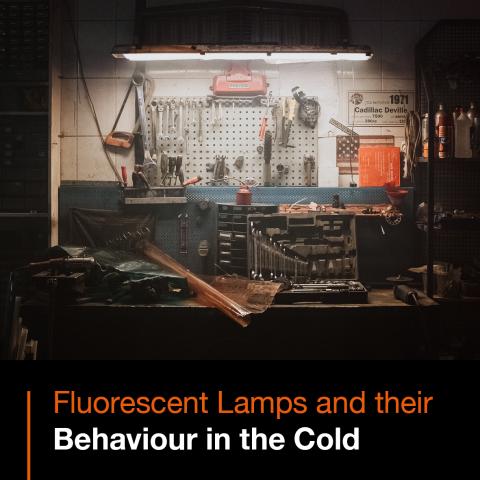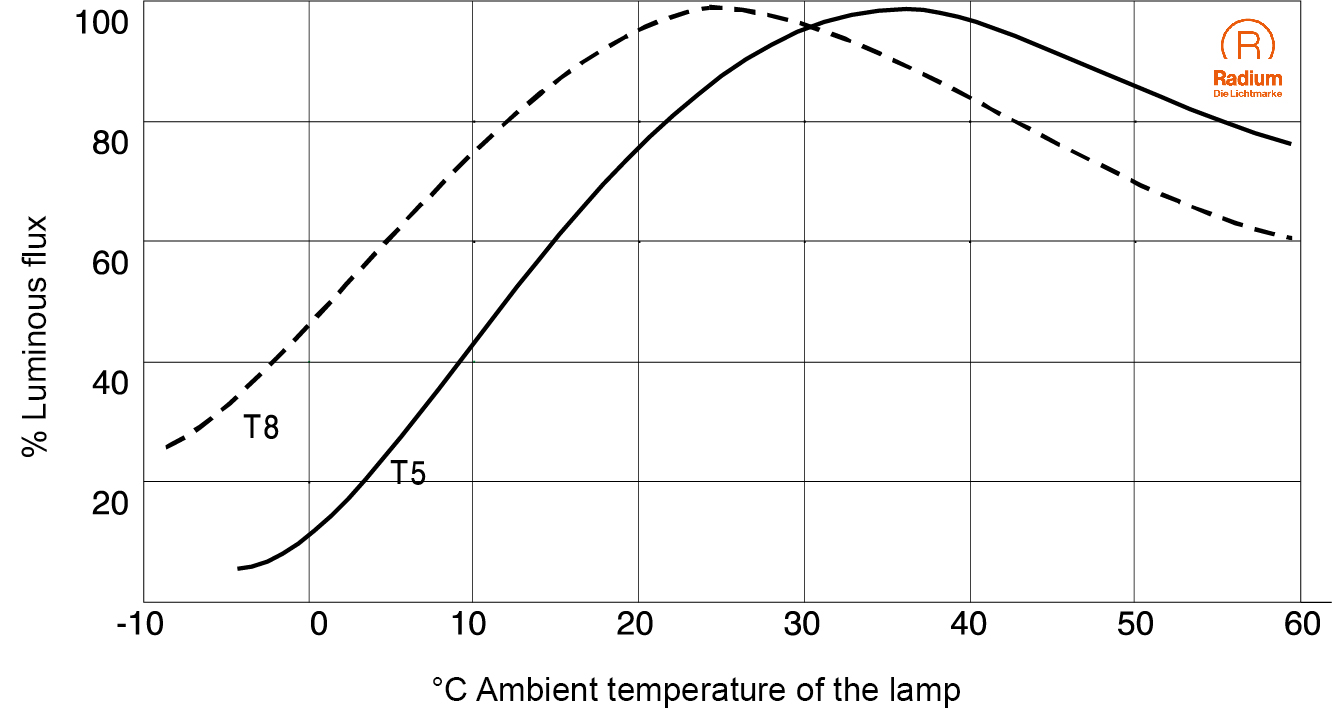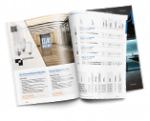Cold: uncomfortable even for fluorescent lamps.
Why fluorescent tubes have starting difficulties in cold environments and emit less light.

Winter is just around the corner and temperatures are dropping. In barely or not even heated basements and garages, it often takes longer for fluorescent lamps to start and they may not reach their usual brightness. This is because fluorescent lamps – low-pressure discharge lamps – do not function optimally in cool ambient temperatures for physical reasons.
Cold makes it more difficult for the lamp to start, because the filament electrodes at the ends of the lamps needed for discharge take longer to heat up and the filling gas in the bulb is more difficult to ionize.
In addition, the mercury in the lamp, which makes the discharge lamp glow, is not completely available in cold conditions, because it does not become gaseous below a temperature of 42°C. If this does not evaporate completely, the fluorescent lamp will not reach its maximum luminous flux. If the mercury is not converted to vapor at all, a pure argon discharge will appear. This happens at around -10°C and is manifested by a slight pinkish glow of the lamp. But then it definitely does not get bright.
Depending on the luminaire, however, the lamp can heat up in the housing even at lower temperatures, so that it (almost) reaches its usual luminous flux after a few minutes.
It is also important to note that fluorescent lamps have different optimum ambient temperatures. As an indication: For T8 tubes, for example, this temperature is 25°C and for T5 tubes 35°C.

For reliable lighting even in colder conditions, it is recommended to retrofit to LED lamps. LEDs like cool ambient temperatures and can even operate down to -20°C. You are thinking about a change? Feel free to take a look at our online catalog and request the desired products directly from your preferred dealer.

